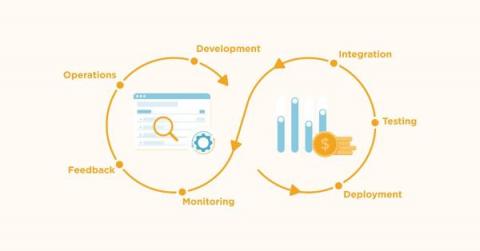Why Unit Economics Helps You Commit To Discounting Programs
Is your enterprise still paying the sticker price for cloud services? If so, you’re probably leaving a significant amount of money on the table. Once your company surpasses the level of “large business” and begins growing into a full-fledged enterprise, it likely qualifies for enterprise discounts offered by each of the major cloud providers. The most well-known of these would be the Enterprise Discount Program (EDP) offered by Amazon Web Services (AWS).











